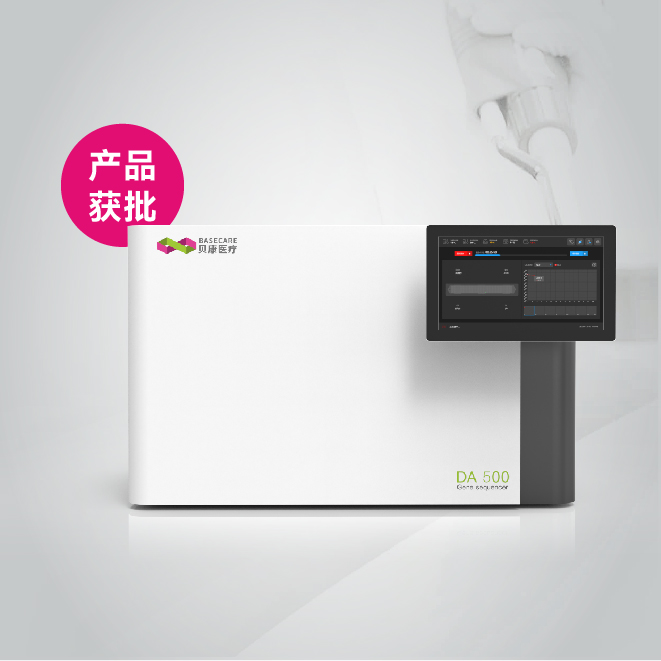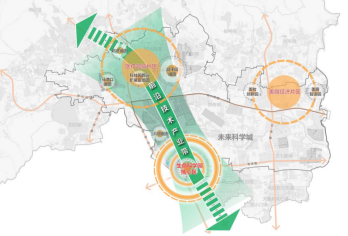在推进清除大脑中使艾滋病无法治愈的感染的过程中,科学家报道首个能阻塞防止抗HIV药物到达大脑,然后恢复成为治疗艾滋病毒有效药物的生物吸尘器的新物质的开发。
他们在《Journal of the American Chemical Society》上所描述的进展是允许药物跨越所谓的“血脑屏障”(BBB)并治疗脑部疾病。

血脑屏障示意图
Jean Chmielewski, Christine Hrycyna以及同事们解释到,人类免疫缺陷病毒感染仍然是不治之症,因为艾滋病毒可以穿过血脑屏障,该屏障是一个特殊的可以避免许多有害物质进入脑组织的血管和细胞的网络,而许多强大的抗病毒药物却不能穿过该血脑屏障。在血脑屏障中的泵像生物吸尘器一样使抗病毒药物远离,而使大脑成为艾滋病毒的储存库。为了克服这一障碍并消除艾滋病毒的最后据点,研究人员着手开发一组新的可以堵塞吸尘机制然后穿越血脑屏障而抗击HIV的药物。
他们的做法涉及用“系绳”使两个抗HIV药物分子胶合在一起。这种双重的药物能阻塞血脑屏障中的“真空吸尘器”然后穿越血脑屏障。一旦穿越,系绳解体释放出两种药物分子而杀死病毒。研究人员说:“这一总体战略代表了一个平台技术,该技术可能会很快应用于其他有限的大脑渗透疗法,如抗癌和抗精神分裂症药物。”
作者承认美国国立卫生研究所和普渡大学研究基金会为该项研究提供了资金资助。
相关英文论文摘要:
Toward Eradicating HIV Reservoirs in the Brain: Inhibiting P-Glycoprotein at the Blood–Brain Barrier with Prodrug Abacavir Dimers
Eradication of HIV reservoirs in the brain necessitates penetration of antiviral agents across the blood–brain barrier (BBB), a process limited by drug efflux proteins such as P-glycoprotein (P-gp) at the membrane of brain capillary endothelial cells. We present an innovative chemical strategy toward the goal of therapeutic brain penetration of the P-gp substrate and antiviral agent abacavir, in conjunction with a traceless tether. Dimeric prodrugs of abacavir were designed to have two functions: inhibit P-gp efflux at the BBB and revert to monomeric therapeutic within cellular reducing environments. The prodrug dimers are potent P-gp inhibitors in cell culture and in a brain capillary model of the BBB. Significantly, these agents demonstrate anti-HIV activity in two T-cell-based HIV assays, a result that is linked to cellular reversion of the prodrug to abacavir. This strategy represents a platform technology that may be applied to other therapies with limited brain penetration due to P-glycoprotein.







